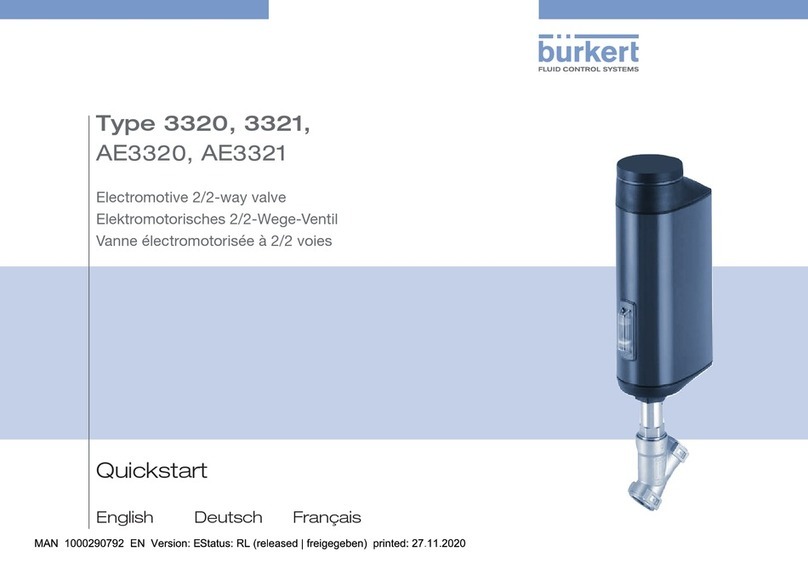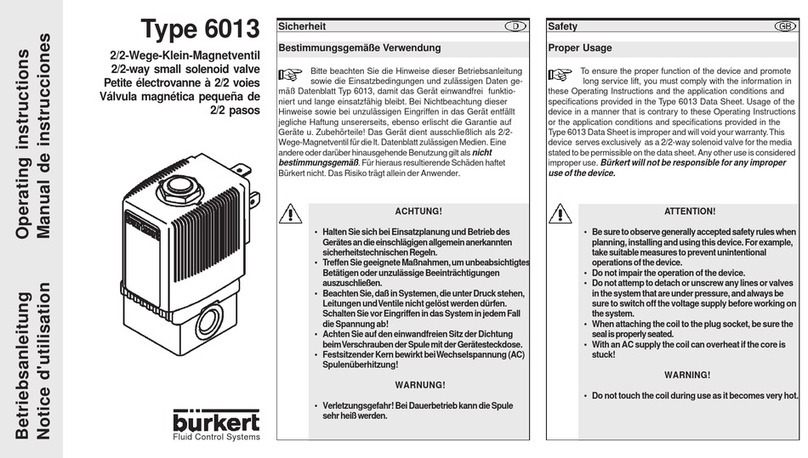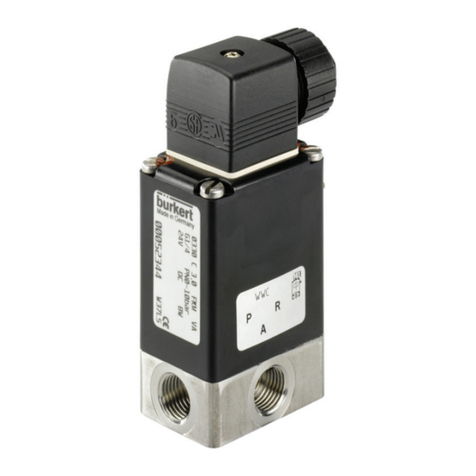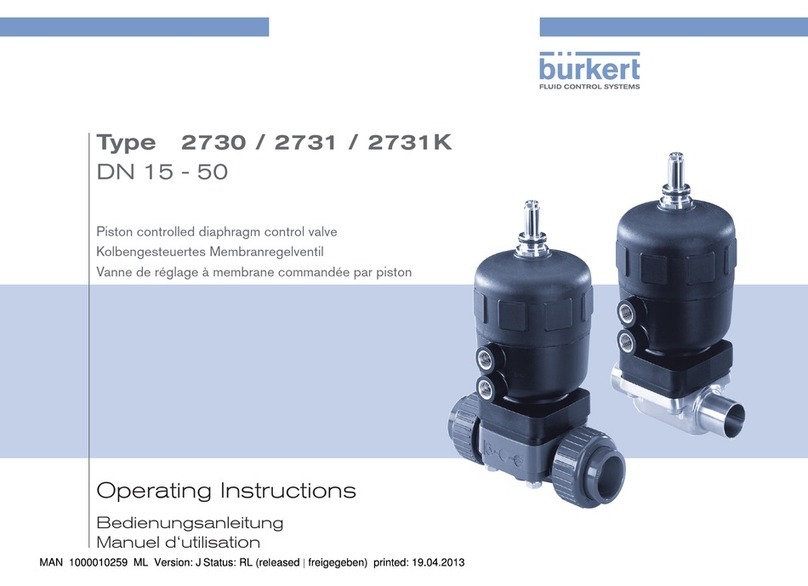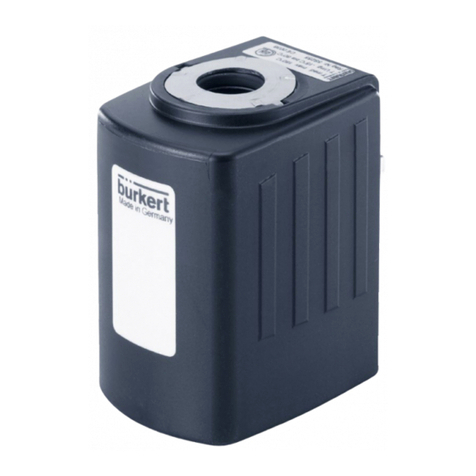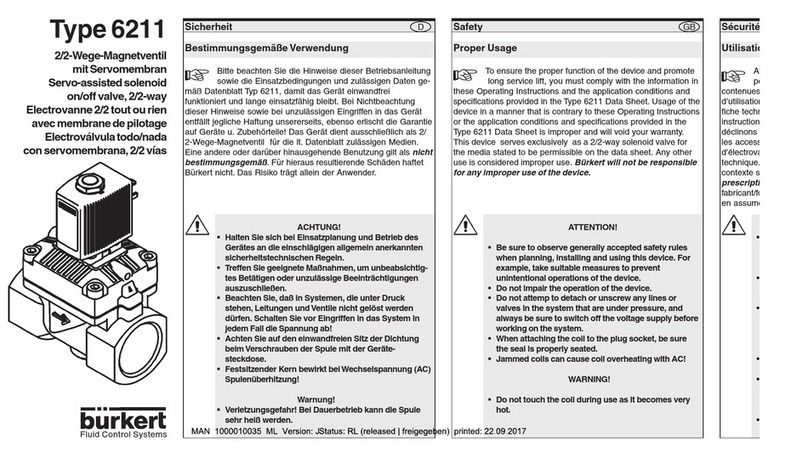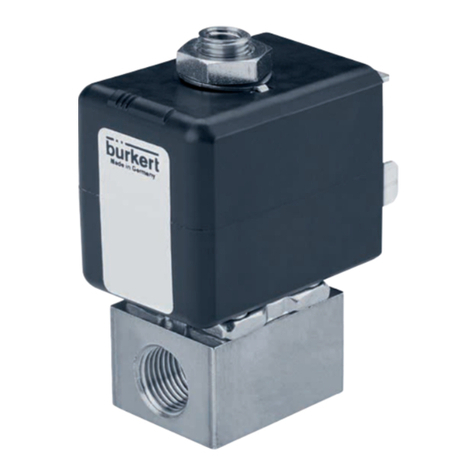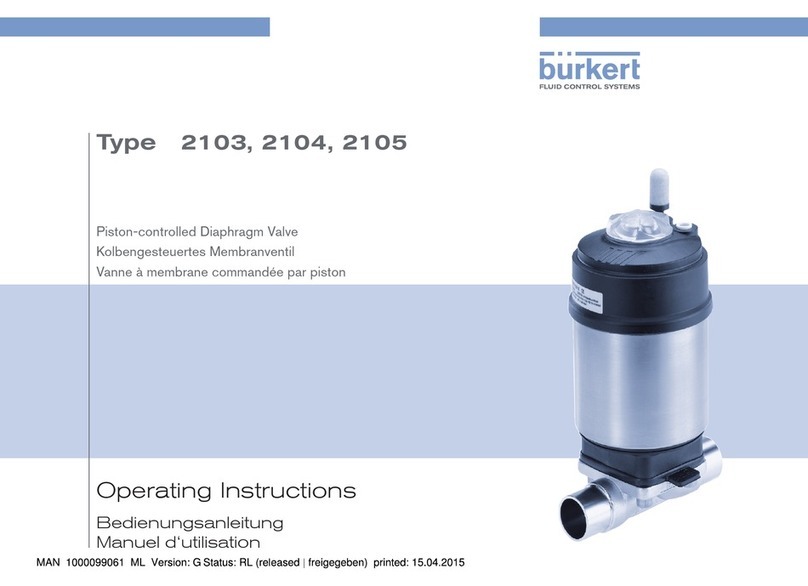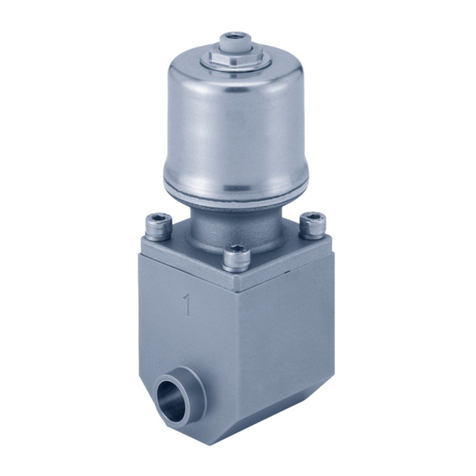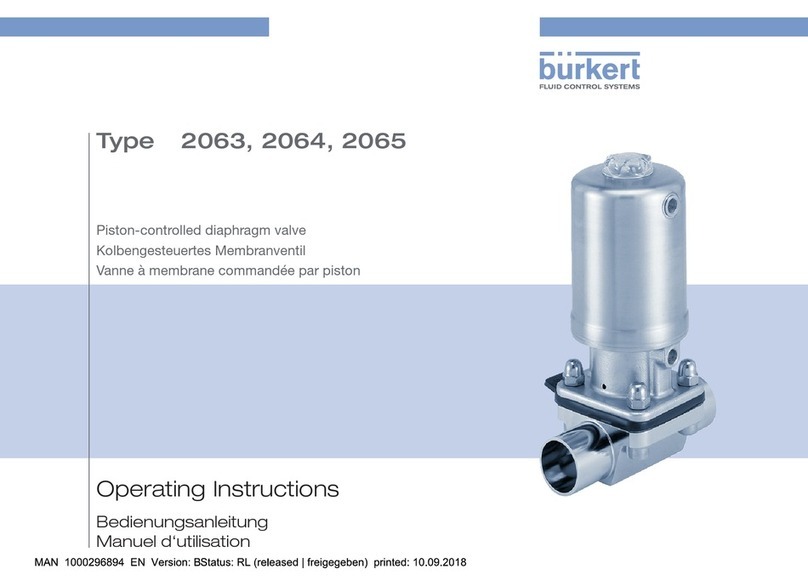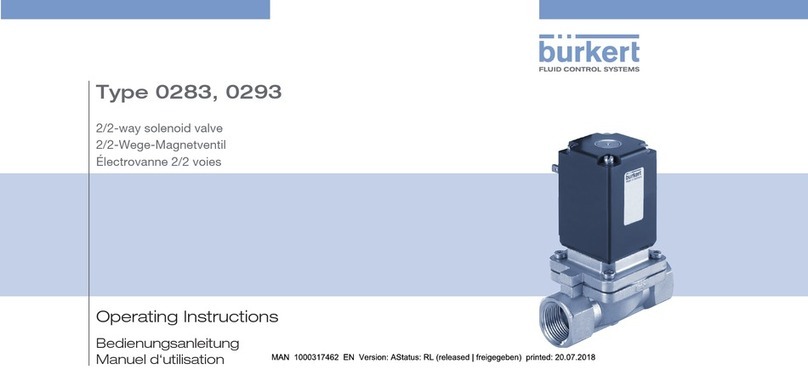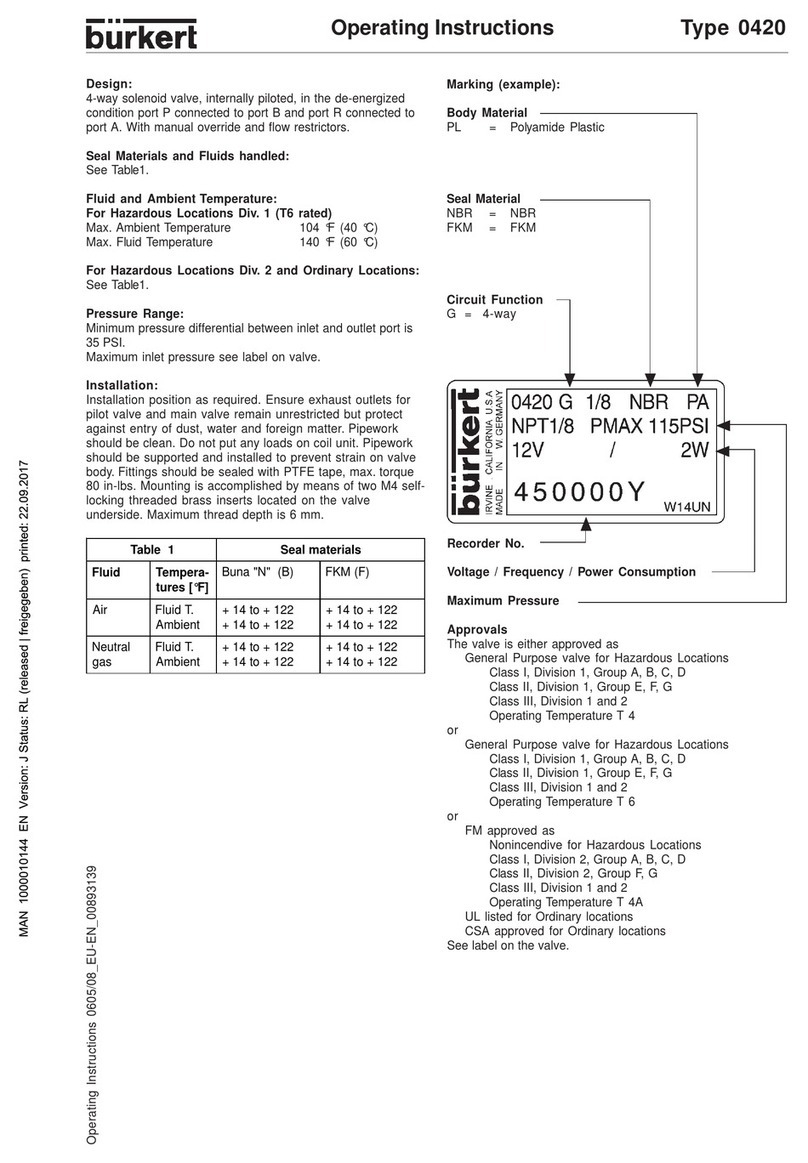3
1 OPERATING INSTRUCTIONS ................................................................4
1.1 Symbols ....................................................................................... 4
1.2 Definition of the term "Device" ............................................... 4
2 AUTHORIZED USE ......................................................................................5
3 BASIC SAFETY INSTRUCTIONS ..........................................................5
4 GENERAL INFORMATION ........................................................................6
4.1 Contact addresses ...................................................................6
4.2 Warranty ...................................................................................... 6
4.3 Information on the Internet ...................................................... 6
5 PRODUCT DESCRIPTION ........................................................................7
5.1 General description ..................................................................7
5.2 Properties ....................................................................................7
6 STRUCTURE AND FUNCTION...............................................................8
6.1 Structure ...................................................................................... 8
6.2 Function ....................................................................................... 8
7 TECHNICAL DATA .....................................................................................10
7.1 Conformity .................................................................................10
7.2 Standards ..................................................................................10
7.3 Type label ..................................................................................10
7.4 Operating conditions ..............................................................10
7.5 General technical data ...........................................................13
8 ASSEMBLY .................................................................................................... 14
8.1 Safety instructions ...................................................................14
8.2 Before installation ....................................................................14
8.3 Installation .................................................................................15
8.4 Pneumatic connection ............................................................17
9 START-UP ......................................................................................................18
9.1 Control pressure ......................................................................18
9.2 Incoming flow above upper seat
(direction of flow 3 → 2) .........................................................18
9.3 Flow direction below the lower seat
(direction of flow 1 → 2) .........................................................18
10 DISASSEMBLY ............................................................................................ 18
11 MAINTENANCE, TROUBLESHOOTING ......................................... 19
11.1 Safety instructions ...................................................................19
11.2 Maintenance work ...................................................................19
11.3 Malfunctions .............................................................................20
12 SPARE PARTS.............................................................................................21
13 PACKAGING, TRANSPORT, STORAGE .......................................... 22
